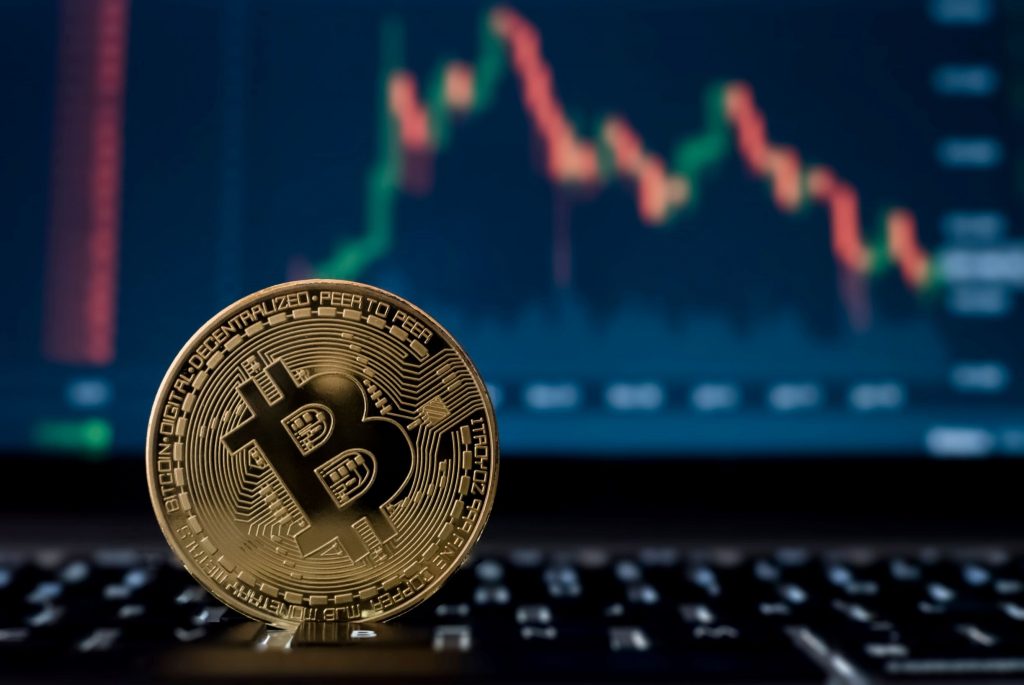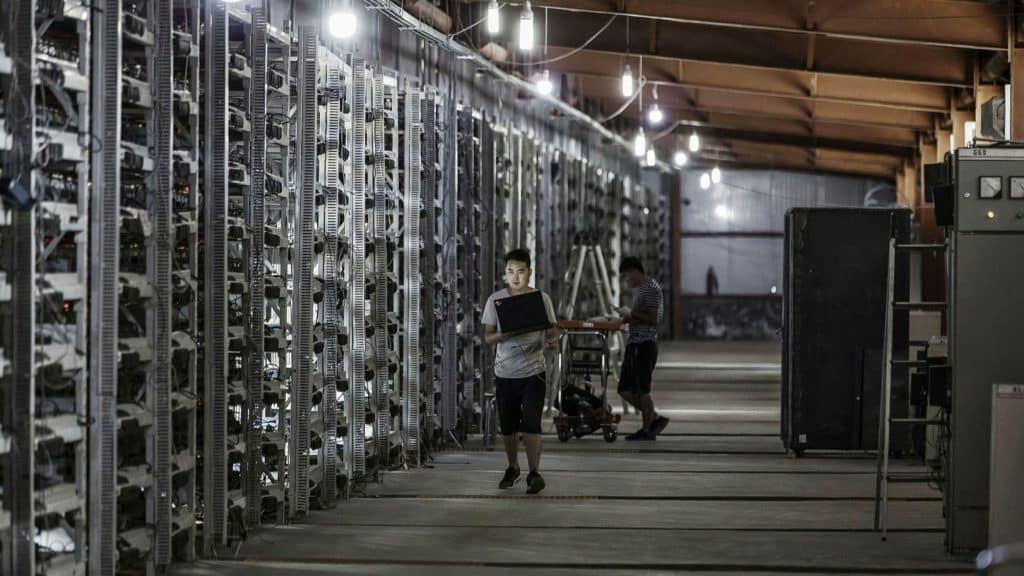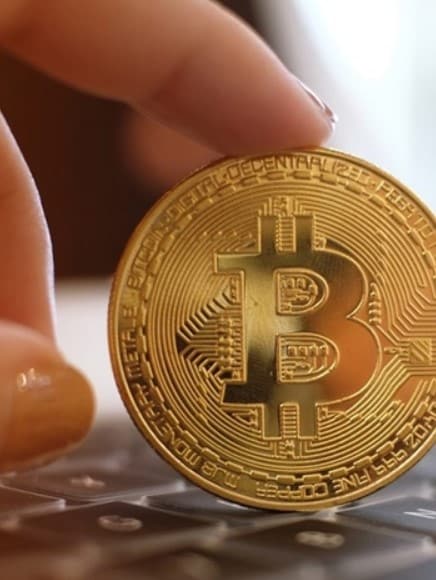
Bitcoin has exploded over the past few years, with an estimated 100 million investors worldwide.
Both 50 Cent and Elon Musk are amongst the figures who have famously put their hard-earned dollars into Bitcoin, sparking a boom in popularity that has seen the cryptocurrency burst into the mainstream for traders and investors. It’s expected to grow in popularity as an accepted currency, too, with an increasing number of outlets accepting Bitcoin as payment in exchange for goods. It’s clear on all fronts that Bitcoin, valued at $56,843 per Bitcoin at the time of writing, isn’t going anywhere – and now everyone wants to get involved.
However, look into crypto for the first time and it can be pretty overwhelming to a first-time investor. Good job you’ve got us to explain it.
As a part of our new weekly series Crypto Check, we’ll be diving into all the biggest questions surrounding the crypto boom, as well as keeping our DDW family up-to-date on the latest developments in the world of crypto.
Where Does Bitcoin Really Come From?
“I just saw a New York Times headline that said something like ‘It takes nine years worth of household electricity to mine one Bitcoin’,” TikTok user @litegenerad explained in a video that has since collected over 1.7 million views.
“Nah, because in my head, a Bitcoin is a little GIF of a spinning coin, like in old video games, that is what a Bitcoin is! How are these motherfuckers mining for those? What the fuck is a Bitcoin?”
Going by the comments of other users, it’s a question plenty of people share.

It’s pretty easy to see how someone with no knowledge of the world of crypto might assume that Bitcoin was just made up one day. After all, if it’s not represented in the offline world by any sort of physical token (granted, most physical cash seems to be on the way out), how can we be sure it even really exists? Where did it come from and where is it kept? Oh, and what is a blockchain?
What Is Bitcoin Mining?
For new Bitcoin to be introduced into circulation, it needs to be created through Bitcoin mining – no pickaxes or mine trains needed.
Bitcoin mining is the complicated process of solving elaborate math problems, the answers to which will verify transactions through the currency. If the process is successful, the person doing the mining receives a predetermined volume of Bitcoin which can be kept or sold at Bitcoin’s current market value.
These Bitcoins are then added to the blockchain, which is essentially a long-running record of every Bitcoin in circulation.
Why Does Bitcoin Mining Require So Much Energy?
As Bitcoin has increased in both popularity and value over time, the race to mine for Bitcoin has increased with it. These days, Bitcoin miners are in more competition than ever to solve the complex mathematical problems that lead to new Bitcoin being created and placed into circulation.
Given the intense complexity of these problems, along with the increased competition amongst Bitcoin miners, those looking to create new Bitcoin have taken to using increasingly powerful computer equipment in order to get to Bitcoin first – and with powerful computers comes enormous electricity use.
Back when Bitcoin was first introduced, it was possible for the average Bitcoin expert to mine for Bitcoin at home with any reasonably powerful computer – this just isn’t possible in 2021. As the demand for Bitcoin has grown, the process has become more and more complicated, meaning standard high-end technology just won’t cut it. The hardware needed to mine for Bitcoin is application-specific integrated circuits, known more commonly as ASICs – ASICs don’t come cheap, costing anywhere within the region of $10,000.

This is why you’ll likely have come across plenty of discourse in the last few years regarding the strain that Bitcoin mining places on our already deteriorating environment. Sustainability is a hot topic in every industry, with big companies under growing pressure to become more eco-friendly. When it comes to Bitcoin mining, there’s currently no sustainable alternative to all-consuming energy-hungry ASICs. For many, the growing popularity of Bitcoin is alarming for this very reason – if the crypto economy keeps going as it is, or picks up speed even further, it’ll become something of a ticking time bomb as far as the environment and worldwide energy consumption is concerned.
Why Is Bitcoin Mining So Competitive?
This is a fairly simple question to answer. There’s no shortage of money to be made in Bitcoin and Bitcoin miners are at the core of this ever-growing economy.
Bitcoin miners who are able to mine for Bitcoin and add to the blockchain successfully will receive 6.25 Bitcoins on completion of the transaction – that’s around $360,000 worth of Bitcoin at current market value. Mining may not be the easiest way to make money on Bitcoin, but for those with the intelligence and the consistent financial means to do it, it can be extremely profitable.
However, this isn’t always the case. It’s no secret the crypto market is pretty volatile, especially when it comes to Bitcoin – during a considerable drop in Bitcoin value, the cost of mining for Bitcoin isn’t exactly a worthwhile sacrifice.
Add to this the fact that the rewards received by Bitcoin miners are cut in half roughly every four years – or, more specifically, with every 210,000 blocks added to the blockchain – the value of Bitcoin miners’ work is certainly deteriorating.
So, what does that mean for the longevity of Bitcoin?

What Will Happen If Bitcoin Mining Stops?
Put simply, if Bitcoin miners were to decide that the rewards simply aren’t worth it and to stop mining altogether, the market would be thrown into chaos.
This doesn’t necessarily mean that the value of Bitcoin would crash and the market would collapse – some experts believe that the price would initially skyrocket due to the lack of supply versus demand. What would ultimately happen depends entirely on where the market had been beforehand – the value of Bitcoin, the popularity and mainstream use of Bitcoin, Bitcoin’s biggest competitors, etc.
Of course, the likelihood of an all-out Bitcoin miner strike is incredibly slim. Guaranteed, however, is that Bitcoin mining will end either way – potentially within the not-too-distant future. Unlike the majority of mainstream currencies, it’s thought that there will only ever be a maximum of 21 million Bitcoin in circulation (at current market value, that’s over $1,176,000,000,000 worth), of which it’s estimated around 17 million have now been mined.
It’s a reality that we’ll have to confront eventually and one with unpredictable consequences in store for the crypto economy. However, there’s no need to give up on the idea of getting involved with Bitcoin just yet – there’s a multitude of experts ensuring that we’re prepared for this when it happens.
Read More: The Rise Of The Influencer Crypto Con


